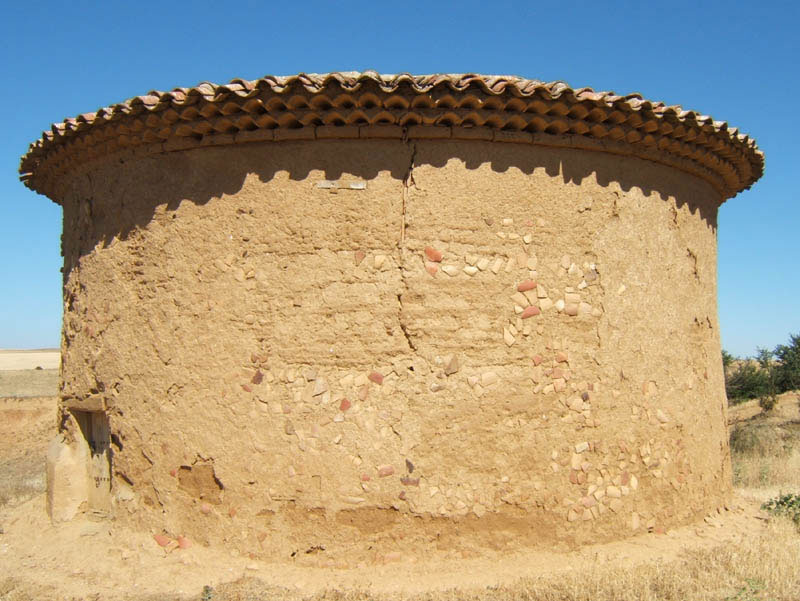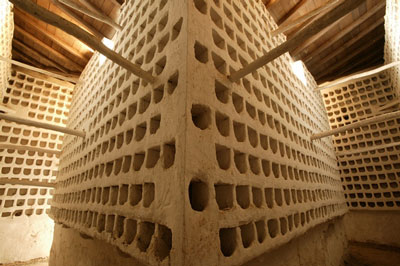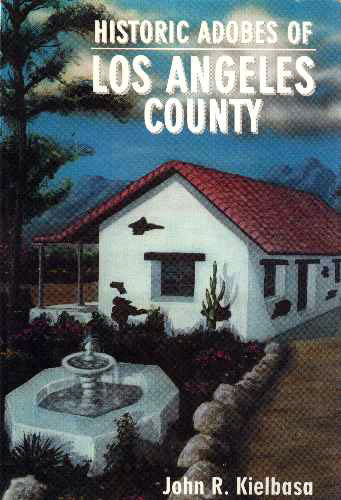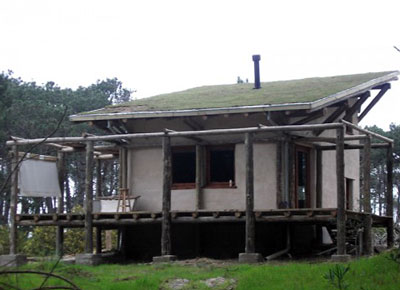
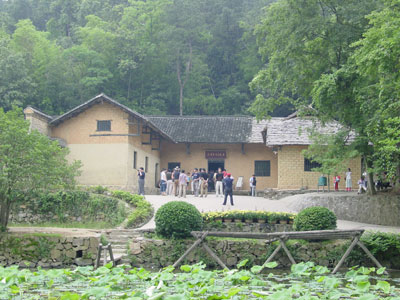
The childhood residence of Mao Zedong is situated in Shangwuchang of Shaoshanchong. On December 26, 1893, Chairman Mao was born in a simple mud-brick farmhouse, which has 13 rooms in the village of Shangwuchang of Shaoshanchong. Here, Mao spent his childhood and youth, attending school and helped his father with his work.


